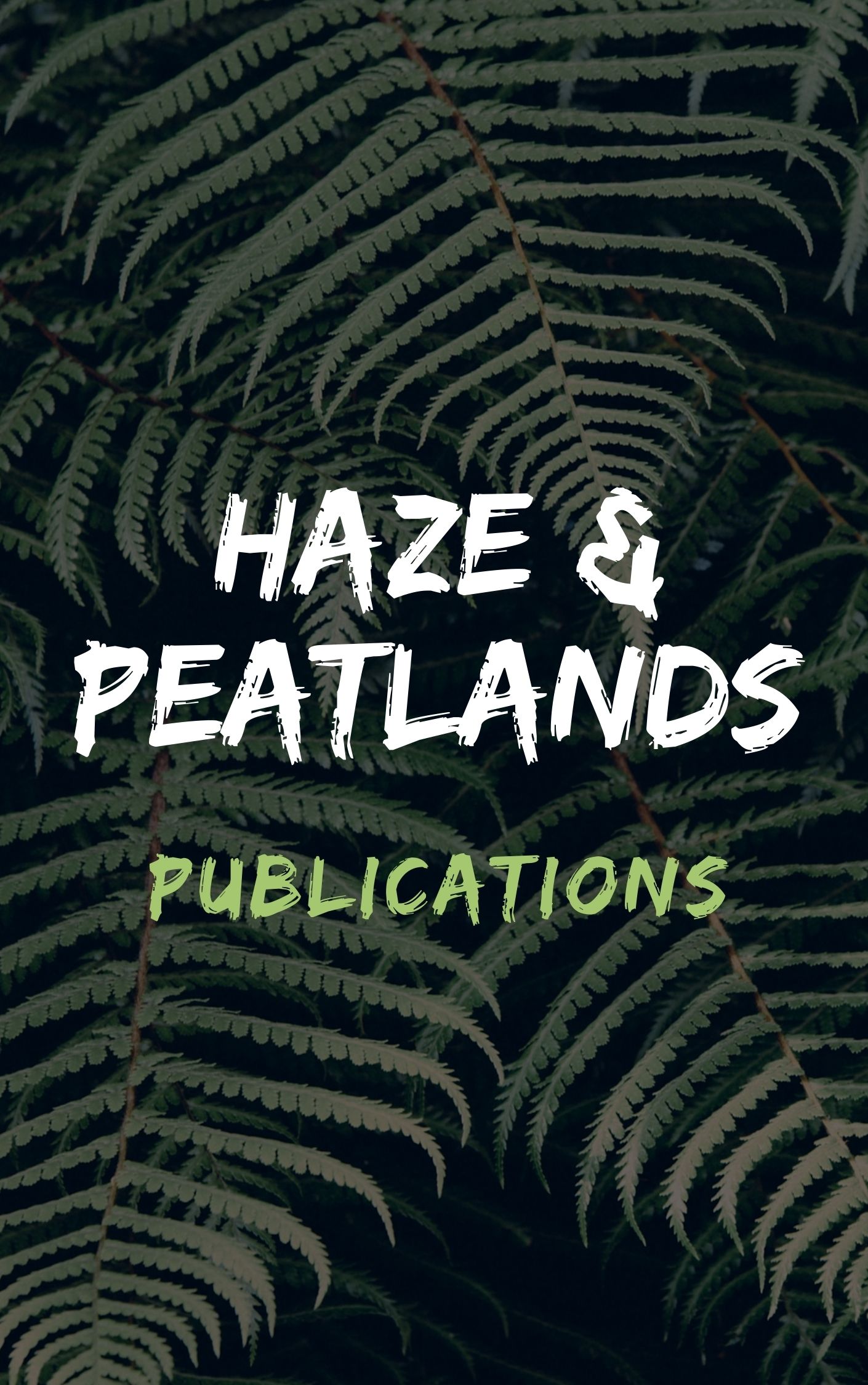Over the past decade, high-resolution digital airborne Synthetic Aperture Radar (SAR) data have been increasingly used to provide information for vegetation and forest management in tropical regions of the world, where cloud and haze preclude the acquisition of more “traditional” data (aerial photographs, for example) and, more recently, optical satellite data. Experience gained from research and development studies and from programs designed to provide much-needed operational information for managers and planners in parks, government forestry agencies, forest products companies, and other agencies has shown that stereographic airborne SAR data can provide useful information. The derived information includes vegetation cover type, non-vegetative land cover/use, topographic data, drainage information, and physiographic units. In some cases, supplementary data sources (optical satellite data, aerial photography, videography, laser profilometry) provide valuable additional information for more detailed mapping. Ten tropical vegetation mapping programs are used as the basis of this paper (including work in Indonesia, Malaysia, central Africa, and Colombia). Presented are the range of study areas (in terms of location, vegetation types, size of area mapped), the methodologies used for information extraction from the SAR data, the results of the major programs, a summary, and conclusions. © 1995 Taylor & Francis Group, LLC.
View source

